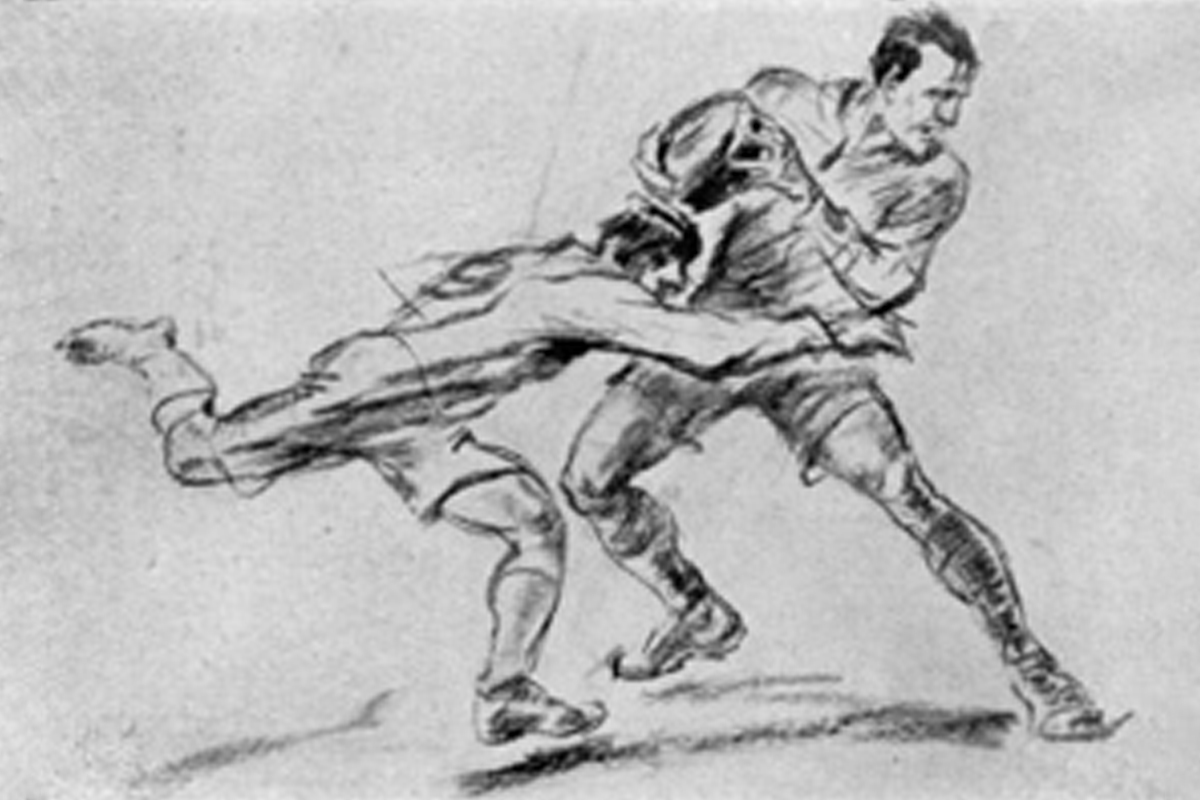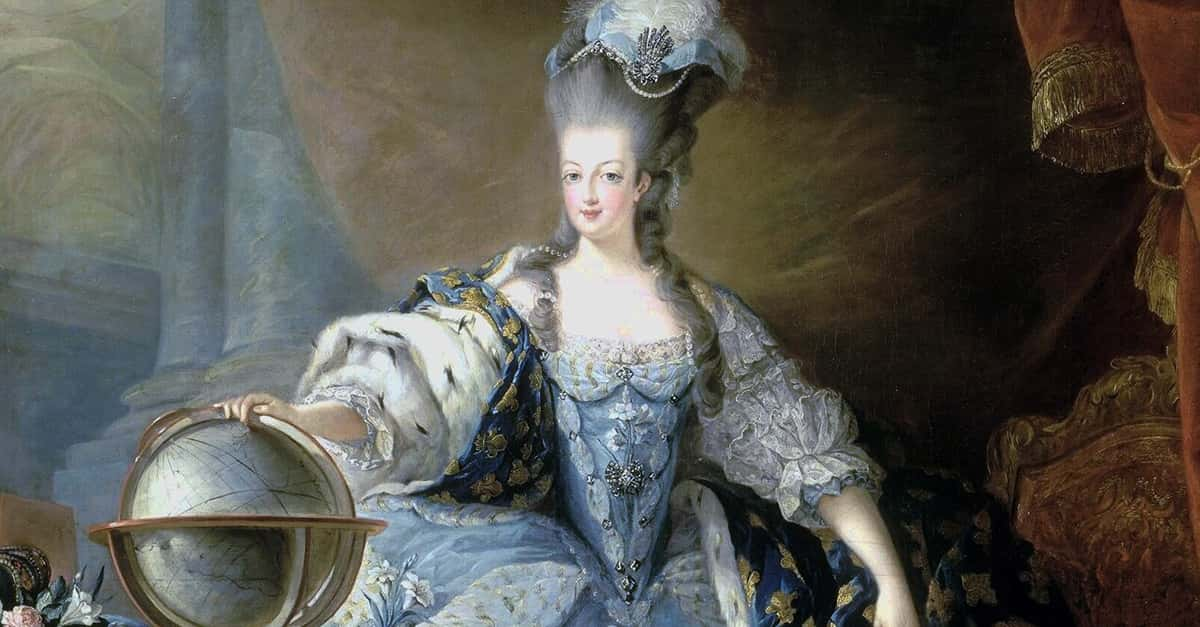Some people get excited for the Winter Olympics, while others long for the summer games. Then, there’s team sports or solo to consider. And classic games like discus and shot put versus new additions like ski mountaineering. But, in the mid-20th century, there were a whole other range of activities to consider, like painting, architecture, and literature. It’s hard to believe now, but from 1912 to 1948, there were Olympic art competitions.
Mind Over Matter
From the very beginning of the modern Olympic Games in the late 19th century, Pierre de Coubertin, the co-founder of the International Olympic Committee, saw them as a way to celebrate betterment of both the body and the brain. Though they didn’t make the first games in 1896, de Coubertin spent time meeting with artists' associations to figure out how exactly he could include art competitions in his modern Olympics.
After a few false starts, the 1912 games in Stockholm, Sweden became the first to host Olympic art competitions. The categories included architecture, literature, music, painting, and sculpture. Like in the regular games, competitors could win gold, silver, or bronze medals. Entrants were expected to submit original, unpublished work produced specifically for the Olympic art competitions. But there was one twist—the work they produced had to be inspired by sport.

Sign up to our newsletter.
History’s most fascinating stories and darkest secrets, delivered to your inbox daily. Making distraction rewarding since 2017.
No Pain, No Gain
Despite the lofty intentions behind the Olympic art competitions, they turned out to be both inconsistent and unpredictable. For example, in 1948, the bronze medal in sculpture (reliefs) went to British sculptor Rosamund Fletcher—yet no silver or gold medals were awarded. Pierre de Coubertin himself entered the mixed literature competition in 1912 under a pseudonym and won gold for his “Ode to sport.” In the music categories, judges were presented with sheet music instead of a live or recorded performance, which led to understandable troubles in picking a winner.
A number of notable artists participated. Irish artist Jack Butler Yeats, brother of poet William Butler Yeats, won for painting in 1924. Dutch architect Jan Wils won in 1928 for his design for that year’s Olympic Stadium in Amsterdam. And Luxembourgish painter Jean Jacoby won twice, including once for his drawing “Rugby,” featured here in 1928. However, it was often the case that the judges had more notoriety than the competitors—including writer Selma Lagerlöf and composer Igor Stravinsky.
Amateur Hour
When WWII disrupted the 1940 and 1944 games, it turned out that the fate of the Olympic art competitions was also going to hang in the balance. The post-war inauguration of a new IOC president who emphasized a focus on the Olympics being an amateur competition turned out to spell trouble for the arts as well, as it excluded working artists. It became a controversial topic after the 1948 games, and though there were some attempts to revive the Olympic arts competitions, it ultimately made more sense to eliminate them as games, and instead hold an art exhibition instead.












